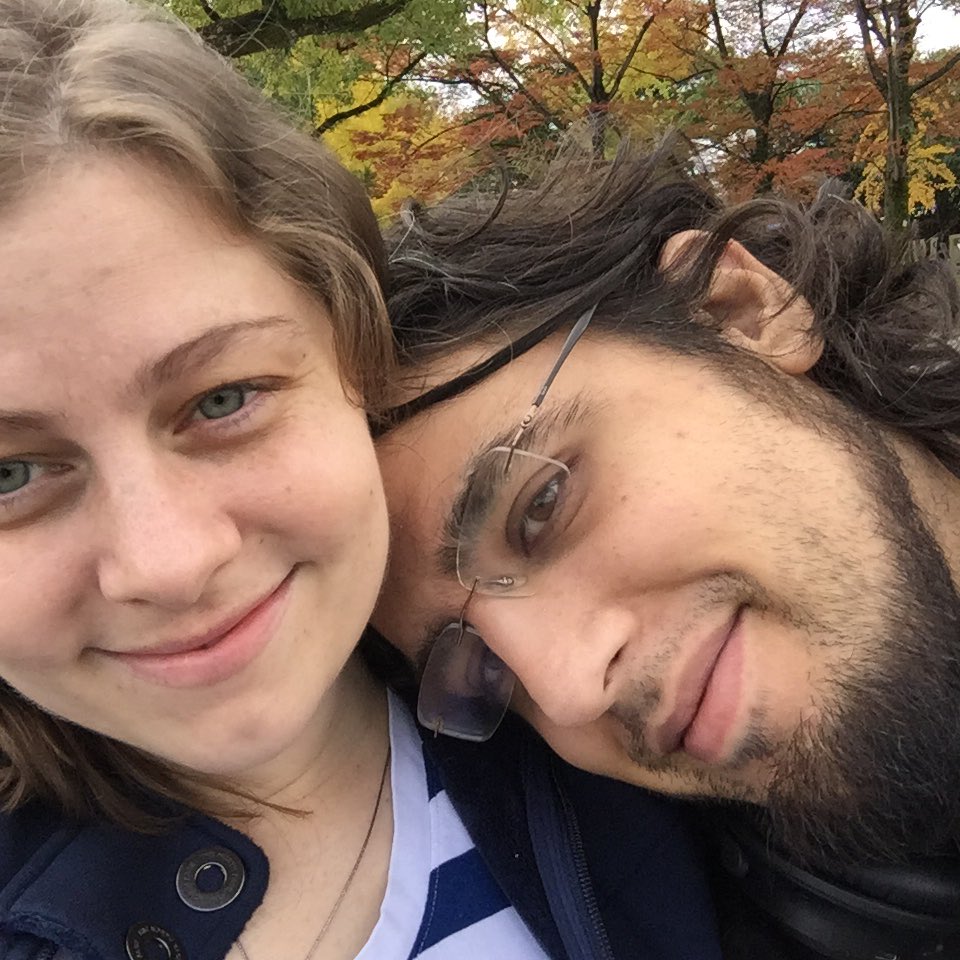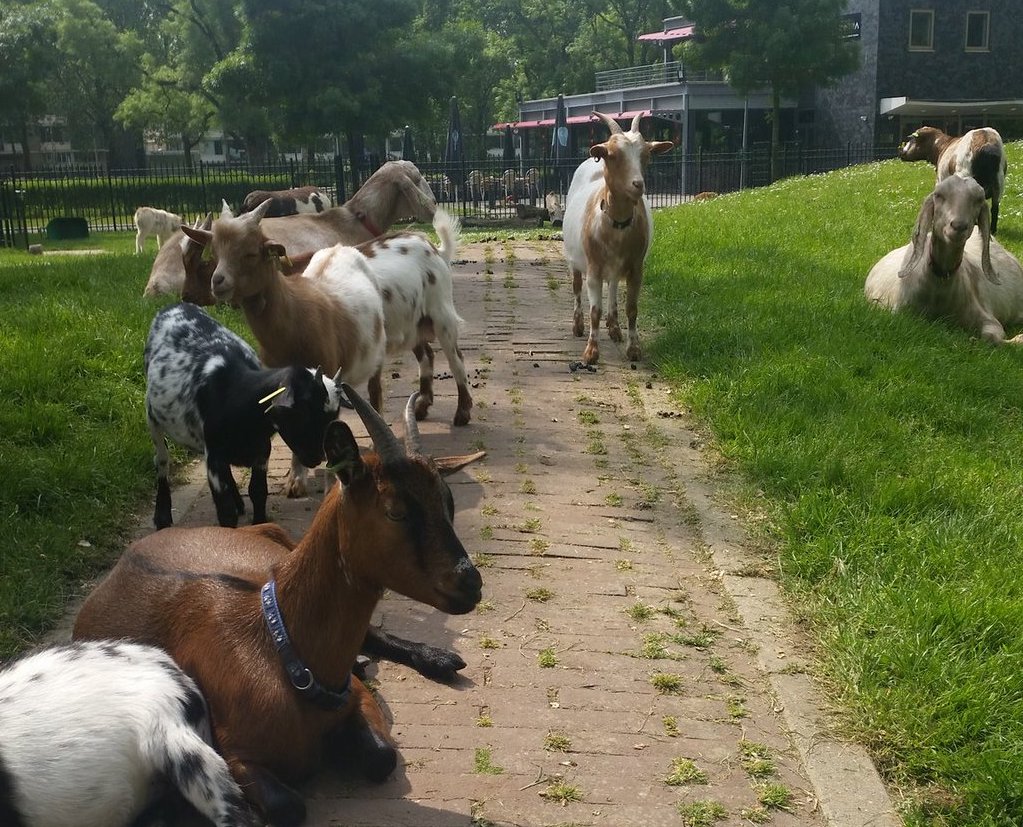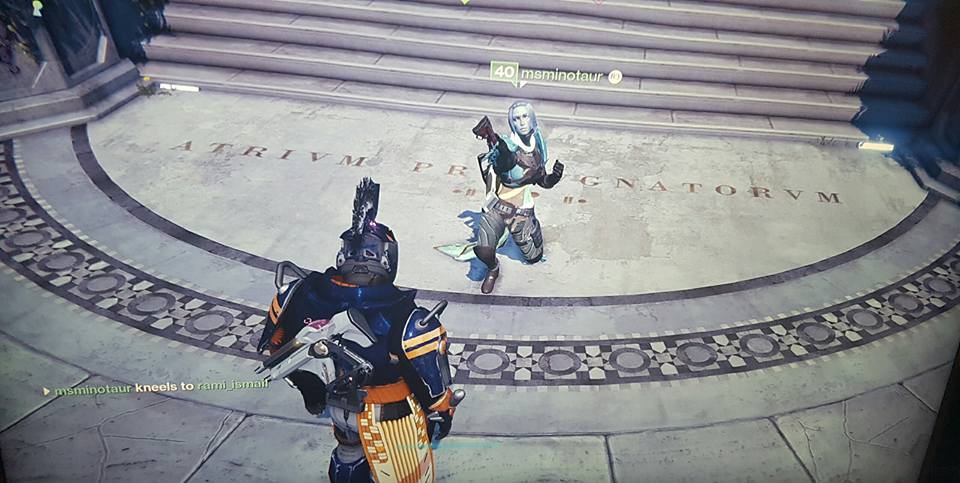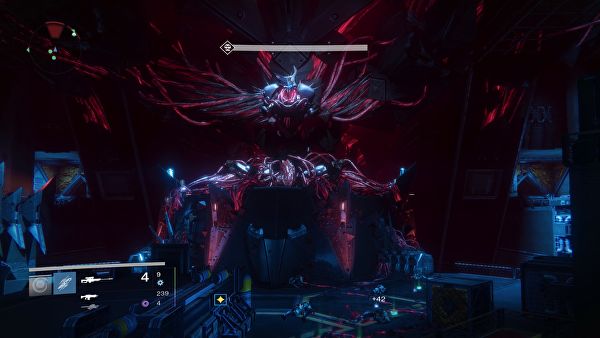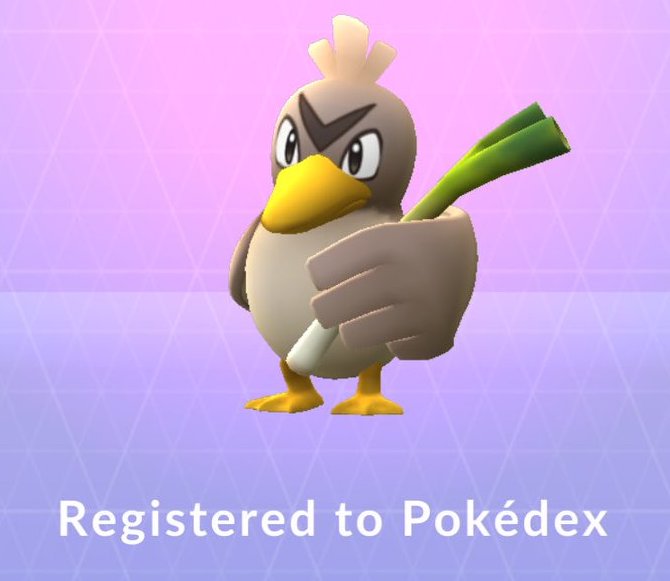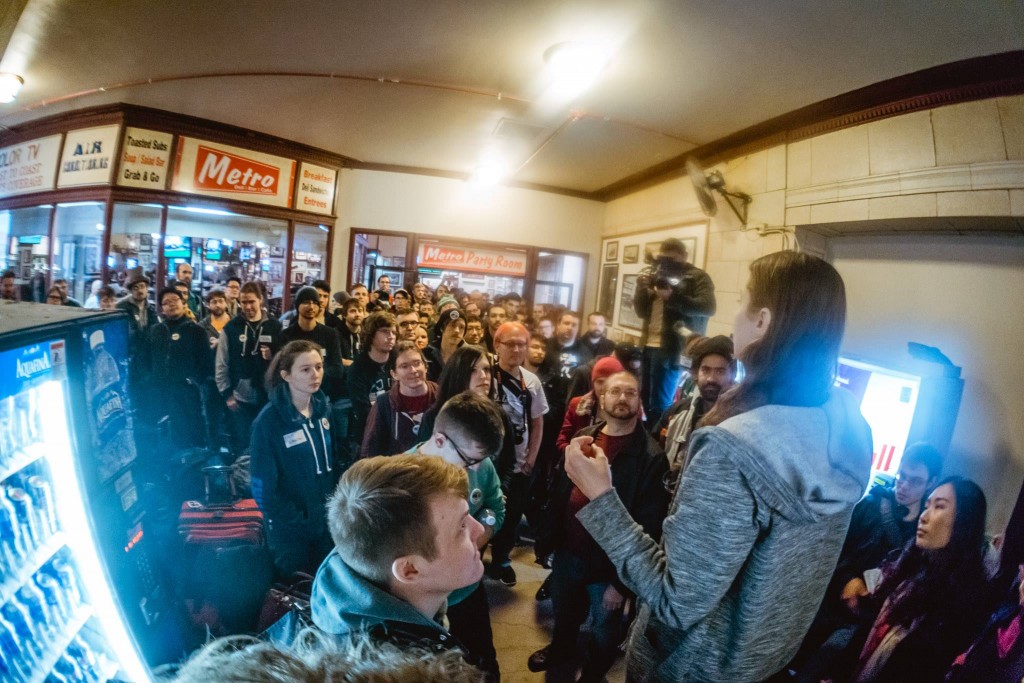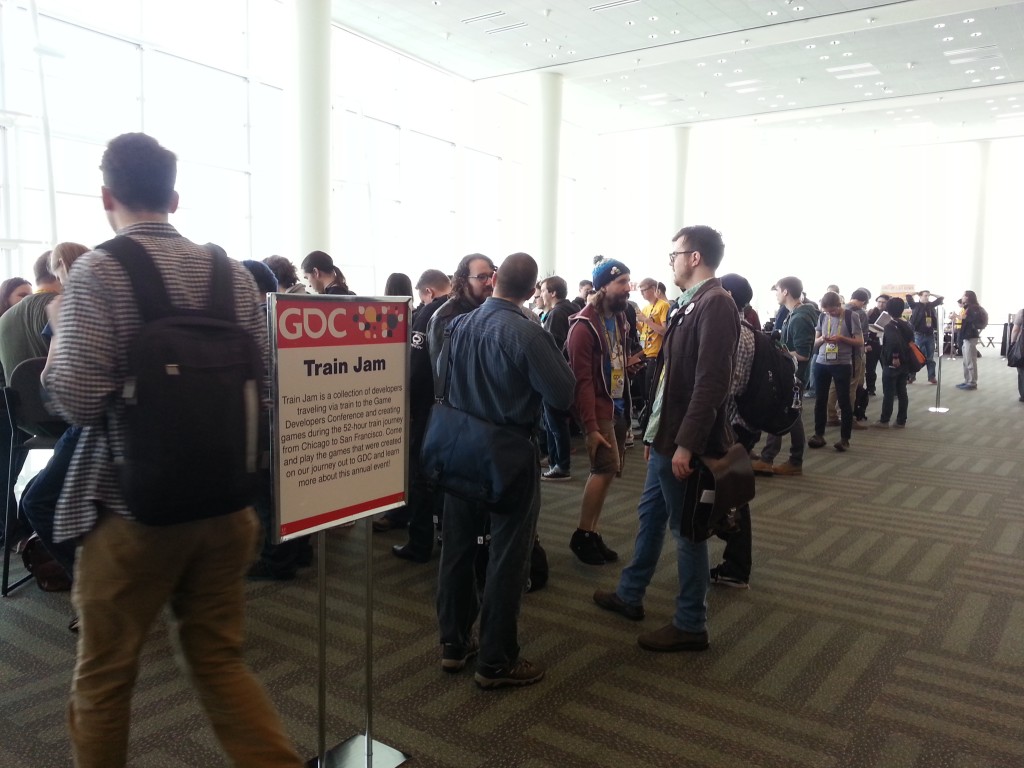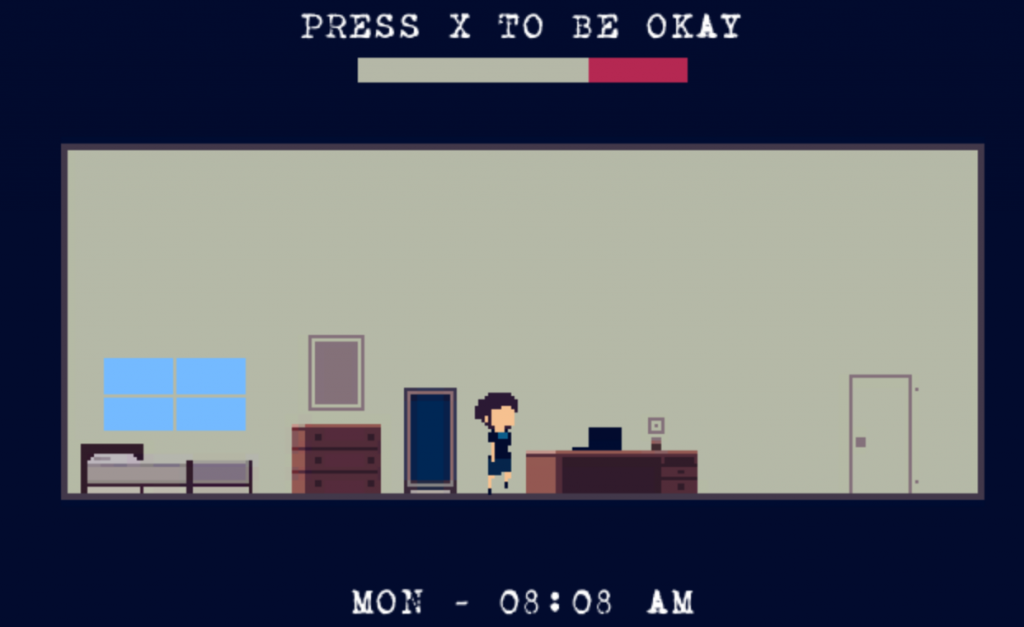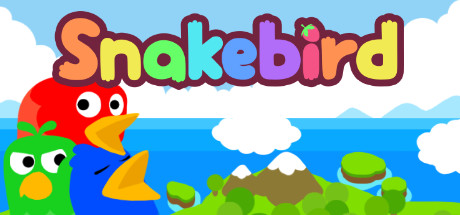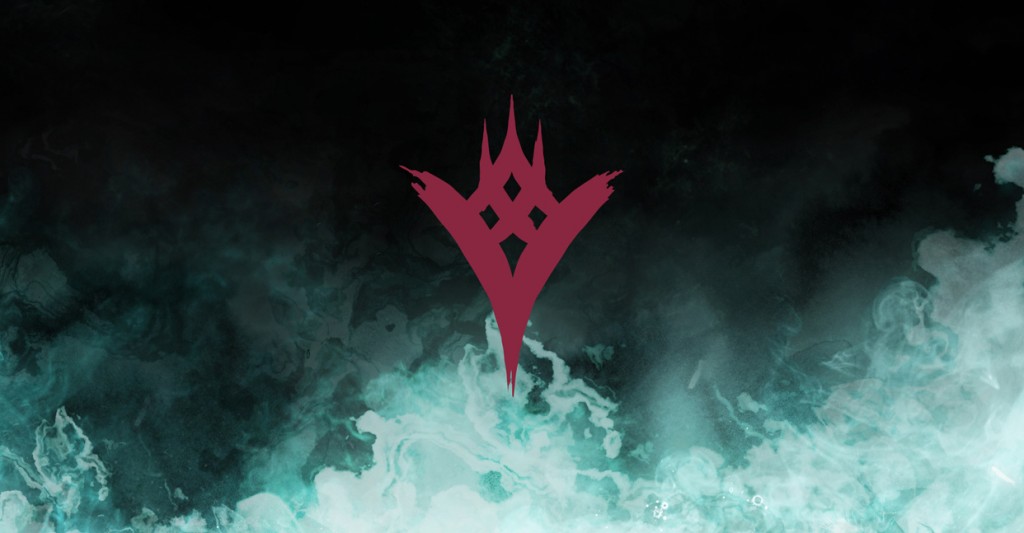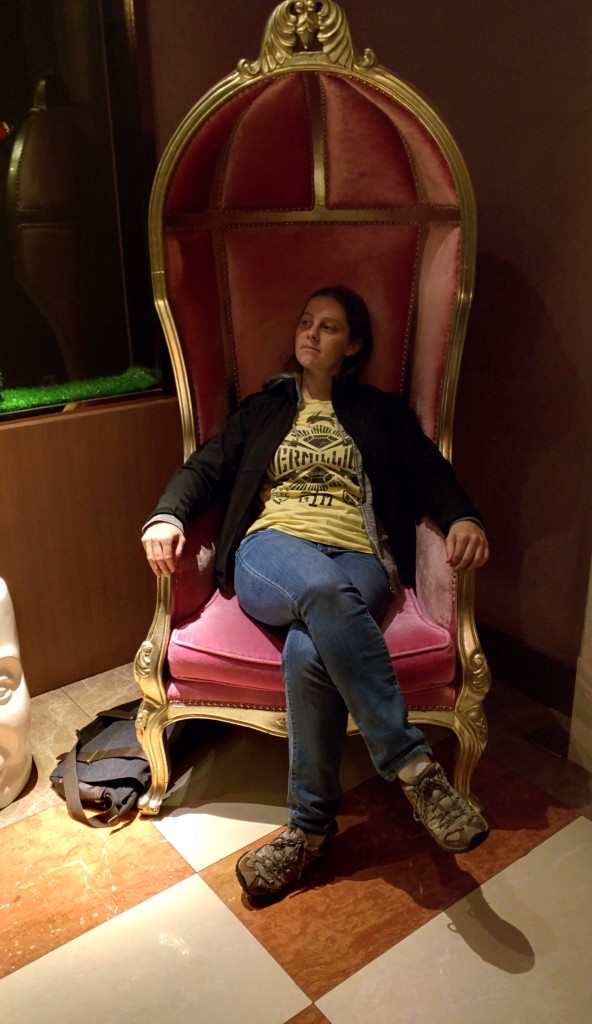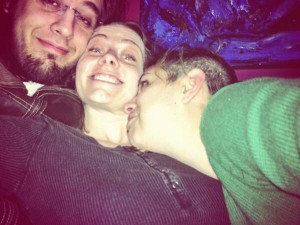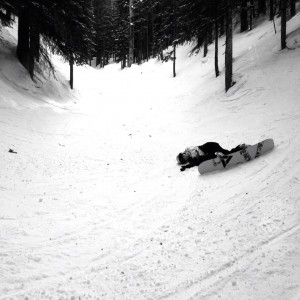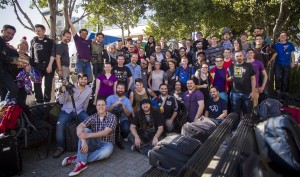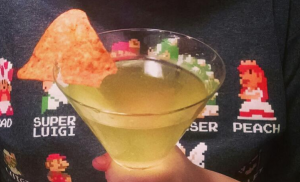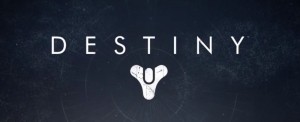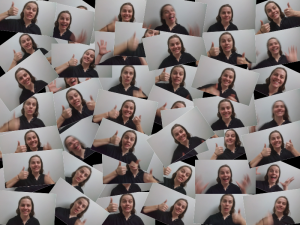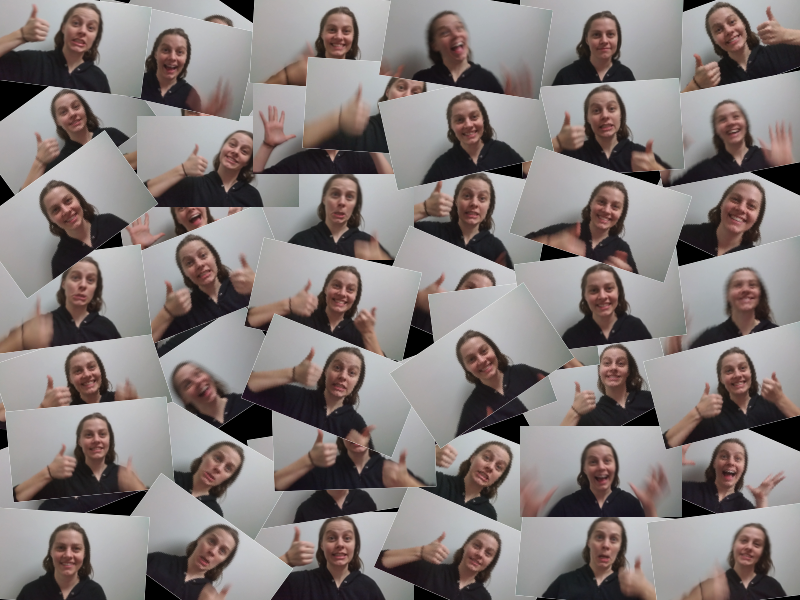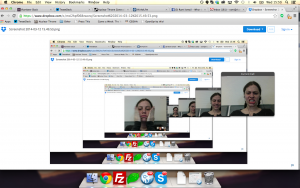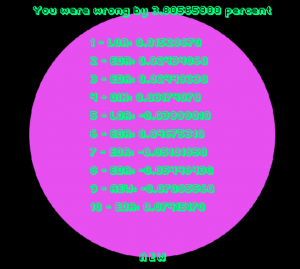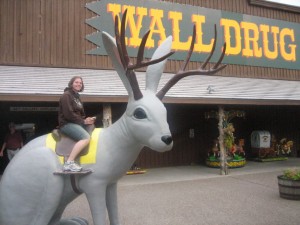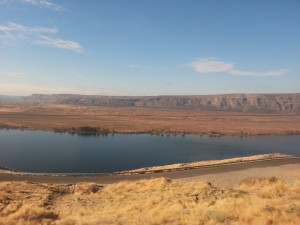Hey look! It’s already time for my Top 10 Things I Saw or Played or Did of 2016. I started doing this yearly series back in 2014, when I realized that I’m terrible at picking 10 games and would rather simply have a list of things that I liked or were proud of to look back on each year. Both 2014 and 2015 were pretty exciting, so let’s see what I did in 2016!
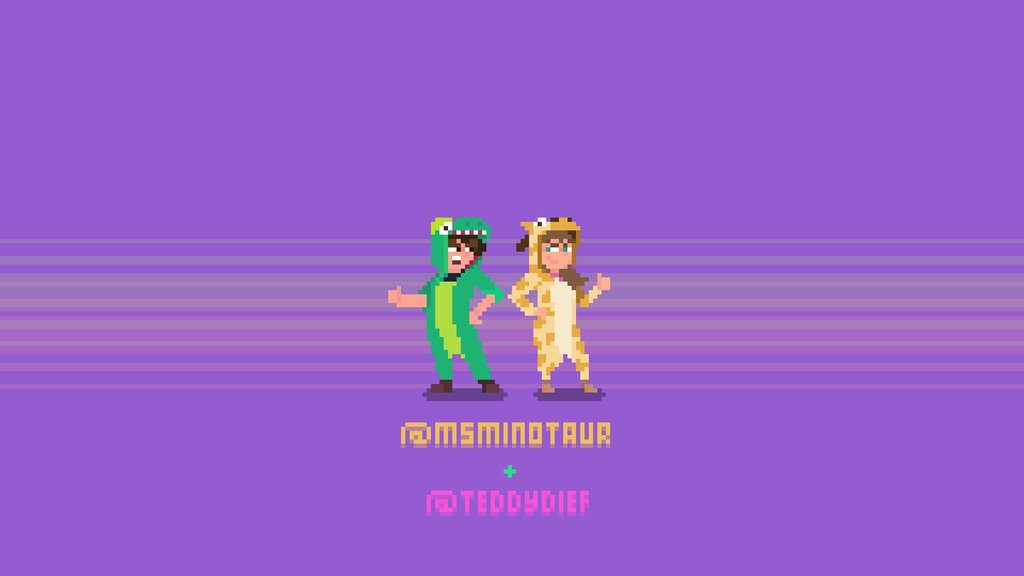
Square Bowl
For our second annual Square Bowl, Teddy Dief and I partnered up with AbleGamers to turn our Final Fantasy marathoning into a charity fundraising event. For the 2016 installment, we chose to stream Final Fantasy VIII and used the custom Guardian Force naming as donation incentives. We had a lot of really great guests stop by, I completely lost my voice, and by the end of the weekend, we had raised $11,231 for AbleGamers!
Thanks to one of our viewers, you can watch all of the highlights from Square bowl here, but I would be remiss not to specifically mention the great Bahamoist/Baehamut war.
It all started with a small joke donation to name Leviathan as “Moist Boy”. This quickly spiraled into folks donating any amount of money to keep the word “Moist” away from the Guardian Forces’ names. Which, inevitably, led to folks constantly donating to keep the word “Moist” *in* all of the Guardian Force’s names. This all culminated in a donation war between naming the Bahamut Guardian Force either “Baehamut” or “Bahamoist” (both are terrible names, honestly). This donation war went on for hours, and ended with an hour of Teddy and I simply sitting on stream waiting for any resolution to come. In the end, “Bahamoist” prevailed, and the Bahamoist/Baehamut war resulted in just over $6,000 of the entire total.
Thank you everyone who donated, shared our tweets, cheered us on, and made that amount of generosity possible!
Also, we should be announcing details about Square Bowl 2017 soon!!
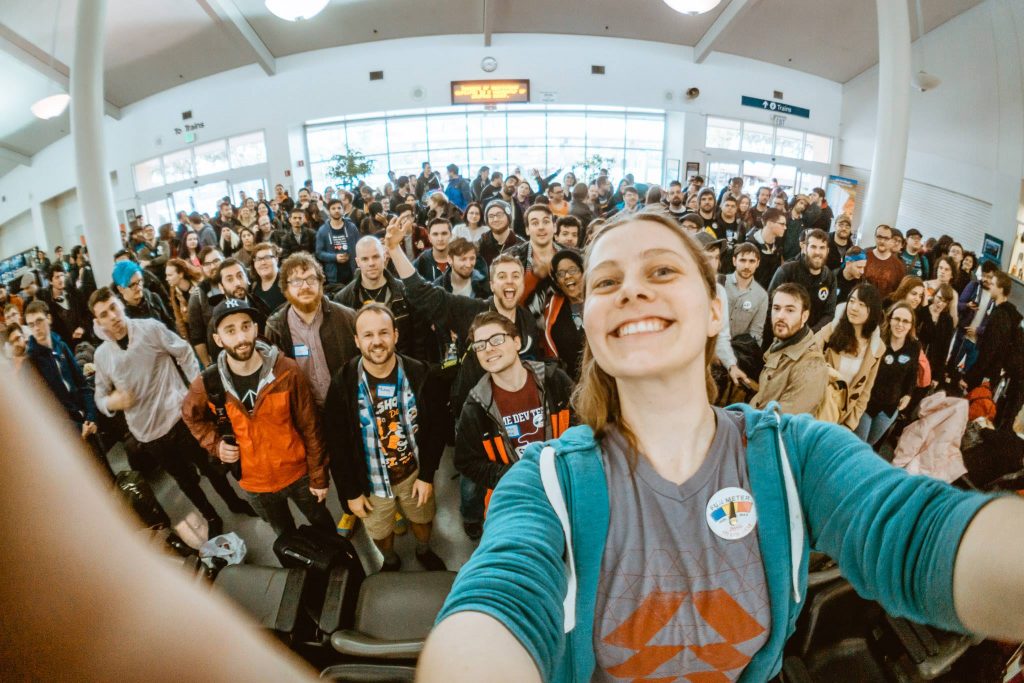
Train Jam
Train Jam is great, because I get to write about this being the highlight of my year every year. Train Jam grew a lot since it started in 2014, and ultimately ended with 200 people participating in the 2016 event. Train Jam 2016 went through some growing pains, but by working through the stresses and issues, we were able to run an amazing event.
I honestly think that the 2016 Train Jam was my favorite one so far – there was an amazing group of people on board from all over the world, some fantastic games were created, and it gave me a sense of achievement that I had been missing for a long time prior to it (we were even in the New York Times!). I’m so proud of the direction that Train Jam has gone in, and I can’t wait to see how the 2017 event goes.
Speaking of the 2017 event, since the majority of 2017’s planning happens in 2016, I totally get to lump that into this list! After the success of the 2016 Train Jam event, Amtrak (the company who owns the trains that we ride), finally noticed us! As a result, I’ve been able to cultivate an amazing relationship with them, which has made the train logistics of Train Jam infinitely less complex. In addition, I was able to rent me an entire train! Yep, that’s right – 2016 was the year I officially got to add “Rented an entire train” to my list of accomplishments. I also worked with sponsors to create a fund for diversifying our attendees, John expanded our student program, and DID I MENTION THAT WE RENTED AN ENTIRE TRAIN? Oh, also, even though I had over 300 tickets, everything was sold out within an hour and a half – not bad!
Train Jam rules, and I’m so proud of it.
Goat Farm
This year, I went to a goat farm. AN ENTIRE FARM FULL OF GOATS. This might not sound all that exciting, but you’re wrong – it was fantastic and one of the best things I did all year. I don’t have a lot to say about it, other than it truly helped me appreciate just how goofy and lovely goats really are. Here is a video. Big thanks to Lisa for bringing me to this goat farm!
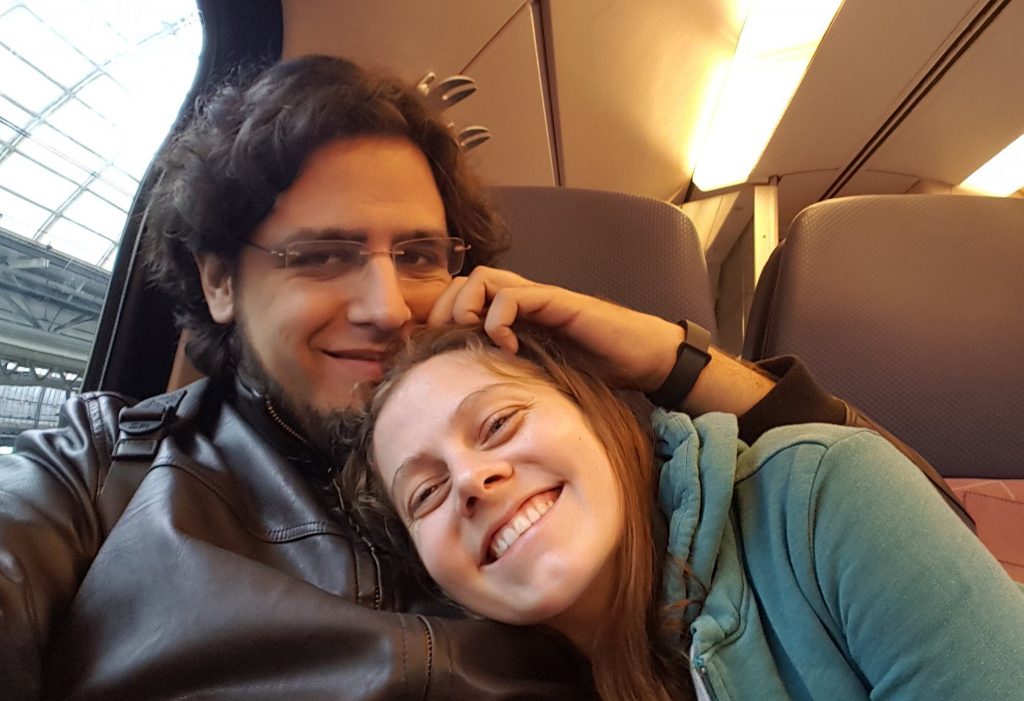
Rami Adriel Day
One of the biggest problems with working for yourself or owning your own company is that, quite often, free time and relaxation get pushed aside. Both Rami and I are usually pretty good at balancing our work and life, but there are often times where we both mess up and work far too much for far too many days in a row. After a few months of crunching, working, stress, and traveling, Rami and I decided to take one day during a brief stop back home in the Netherlands to disconnect from work, emails, and internet to have a day 100% to ourselves. We took our bikes, went up to the north of the Netherlands, and visited the Ecomare, which is a sea life sanctuary in Texel. It was a day full of smiles and laughter, and was a welcome day of relaxation that both of us sorely needed.
Got Engaged
This is the big one for the year – if I had ranked my top 10 instead of listing them in chronological order, this would 100% be in my number 1 spot.
From very early on, I knew that Rami was someone I’d truly want to spend the rest of my life with, however, after having already gone through one failed marriage, my desire to ever get married *again* was pretty close to 0 for a lot of our relationship. We talked about marriage a lot even from the beginning of our relationship, and over the years it became apparent to me that, despite me having some baggage with the institute of marriage, I couldn’t actually see myself *not* marrying Rami.
So, I hatched a plan.
I knew that if I was going to propose to Rami, I wanted to do something special for the two of us. I didn’t want to do anything in public, or simply get down on one knee – I wanted this proposal to be personal and meaningful. I started with the idea that I would make a game for him which comprised of exploring all of the places around the world that were special to us, ultimately resulting in a real life proposal at the end. However, as I already make a personal game for Rami every year for his birthday, I wanted to take this one step further. So, back in June, I reached out to a friend at Bungie (Poria Torkan) and floated by an idea that I was fairly certain would never get approved in a million years. The message I sent asked “…since Destiny is something that is near and dear to us, I’ve been trying to figure out a way to integrate it into my plans. Anyways, I have no idea if this is a thing that could even be done, but I was thinking how amazing it would be to get an emote in the game of getting down on one knee for my character so I could just do it one night while playing. Or something like having a custom letter from the postmaster (from me) that would deliver a ring and a message”. I added much more to this message and acknowledged that I was asking a huge favor and understood that it was not a simple task, but mostly, I was hoping that they’d be able to at least get a tiny message in. However, magic was made, and Poria got the ball rolling on the whole thing – emote, ring, and letter!
We spent the next 4 months messaging back and forth, planning the delivery of the letter and ring, and setting everything up so that the assets would be hidden in the October Destiny update which was, luckily, scheduled for jsut a few days before Rami and I would return home (and thus able to actually play Destiny) for the first time in months.
Anyone who knows Rami knows how hard it is to plan anything around him. He is a constantly moving force who is prone to not making solid plans, and the proposal hinged on my ability to get Rami to a specific location on a specific set of days. I planted the seeds early in October (once Poria and I solidified a time frame for the proposal), and began talking with Rami about how excited I was to spend a few days at home, relaxing and catching up on Destiny. I managed to get him to agree to blocking off an entire set of days that we would both definitely be home, and tried (as calmly and inconspiculously as possible) to ensure that he understood how important it was to me that we be home on those days (without raising suspicions).
Despite me being terrible at surprises, I must have done well, as, even though he was *well aware* that I was planning a proposal, he was completely blindsided at the method and timing. Even as early as the morning of the proposal, he was still saying “well, you told me that you could only do it at a time when you know where in the world I am, and we’re both still traveling for another month.”.
Anyways, traveling around the world, hiding assets into an update of a huge AAA game, and even a DDoS attack couldn’t stop the proposal!
Yay!
Wrath of the Machine
I’ve been able to squeeze Destiny on to my list for the past two years, and this year I get to put it on there twice! Yay! Once all the engagement excitement was over, we finally had a chance to play through the new Rise of Iron content. We quickly leveled up and assembled a team of guardians from our regular gaming group comprised entirely of people who hadn’t read or seen anything of the Wrath of the Iron raid. Though we had obviously done all of the other raids previously released in Destiny, we always had someone to guide our group through, or had researched some of the techniques/puzzles/mazes beforehand.
This time, however, we went in completely blind.
It was a fun experience spending hours working together to figure out how to kill enemies and progress through the various puzzles. I was never much of an online gamer throughout my life, so this was the first time I had ever done something like this. It felt super special, and I was very proud to have gone through the raid like that.
Japan
For how much Rami and I travel, it was almost shocking that neither of us had been to Japan before this year. Once we realized that we had a major country that we could both experience for the first time *together*, we made it a point to travel there for ourselves (as opposed to going there for work/conferences). We put aside a week an a half around my 30th birthday and spent a day or so in Tokyo, Kyoto, Osaka, Ōkunoshima, and Hiroshima. It was absolutely fascinating to explore around Japan together, see the beautiful scenery, and try amazing new foods. We didn’t make any solid plans for our time in Japan, which meant that we would wake up most mornings and just figure out what we’d like to do for the next day or so, and do it. This led to us traveling to an island full of rabbits, going to an owl cafe, staying in a traditional ryokan, running into friends from around the world, and topping the whole trip off with a day at Tokyo DisneySea. It was a wonderful way to spend my 30th birthday, and something I will cherish forever. We used the trip to get a little taste of some of the major cities, and I can’t wait to go back and spend more time in each of them.
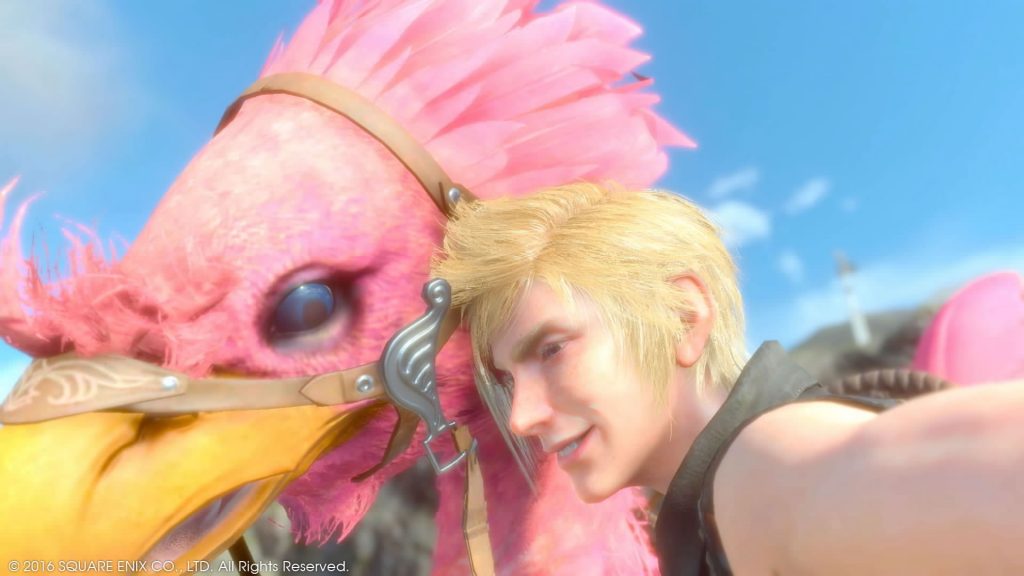
Final Fantasy XV
Final Fantasy XV was the first Final Fantasy that I had truly been excited about since Final Fantasy IX. We had consumed all of the media that was released ahead of time – watching the Brotherhood anime and even traveling to London to attend the London premiere of the Kingsglaive movie. We both purchased the game as soon as it was released and played it side by side in our living room.
I have so many things I could say about Final Fantasy XV, but what it all comes down to, is that I *loved* going on this journey with Noctis, Gladiolus, Ignis, and Prompto. FFXV did an amazing job at making me feel for these 4 boys – building their relationships with one another through banter and various little touches that made it feel as though they truly cared for each other. This all culminated in an emotional ending that forced you to reflect on “the good times” you had with your friends in a way that was perfect for this game. FFXV definitely cemented itself high up in my top 10 games of all time, which, quite honestly, is a list that hasn’t really changed much in the last 15 years.

Paid Rent All Year
When I first quit my job in 2013, I had enough money to float myself for 6 months. I was able to stretch those funds into a year, and then promptly ran out of money. At the same time that I ran out of money, Rami and I decided to move into a real apartment together in The Netherlands – which meant that after a year and a half of nomadic living, I finally had to start paying a steady rent again.
I tried my hardest for the first few months, but it quickly became clear that I was in worse financial spot than I had initially realized. Rami started covering my half of the rent for me, which is something that I appreciated from the bottom of my heart, but was also something that made me feel as though I was failing. I tied my ‘success’ to being able to pay for my own place to live, and though I know Rami was more than happy to help support me, I resolved to stabilize myself financially so that I could pay for my share of the rent for the entirety of 2016.
I put all of my personal projects aside, took on contract work, and started budgeting myself. It all paid off (no pun intended), and I’m finally back on track, financially, and on December 1st, I paid my share of rent for the 12th month in a row and reached my goal! In addition, I’ve been able build up savings again, and I’m looking forward to transitioning back into my own personal work in 2017.

Hardships
When I first tried to come up with my items for this list, I struggled. I couldn’t, for the life of me, come up with 10 things no matter how hard I tried. This was confusing to me, as *surely* I did, saw, or played enough things to fill up this list – however, every time I tried to go through the year, there was this hazy part from March until almost June.
What it all boils down to, is that I had some personal hardships earlier in the year that created a months long black hole where I simply just tried to exist. I got work done, I traveled, and I probably went to some events and saw people, but honestly, I was just surviving.
I try to be very open on social media about who I am and what I do, but, unfortunately, this is going to stay as a vague event. I had to face a toxic relationship with someone and come to terms with no longer welcoming them in my life – having that all thrust on me at a time I wasn’t expecting it threw me into a deep depression that lasted for the better part of a quarter of this year. I had good times during those months, but, for the most part, I was going through the motions of life, and dealing poorly.
So yeah, that’s a weird way to end this post, as my final item is actually the exact opposite of a “top” thing I did/saw/played this year – but it was an important part to my year. It was something that affected me, something that, ultimately, improved my life, and something that was definitely one of the top 10 defining moments of my year for myself.
So yeah, I ended on a bit downer, but 2016 was actually a pretty great year for me personally. I got engaged to someone I dearly love, I had many amazing adventures, and I played some really cool games.
C’mon 2017 – let’s see what you have to offer!
